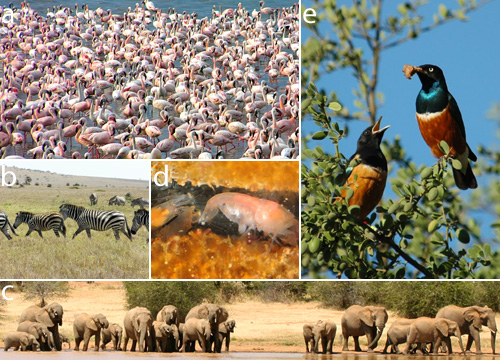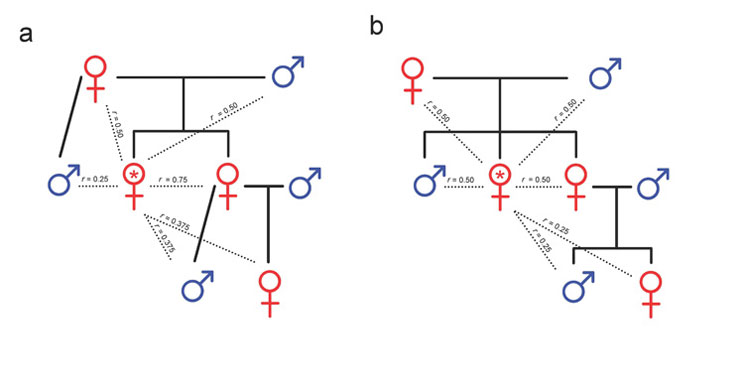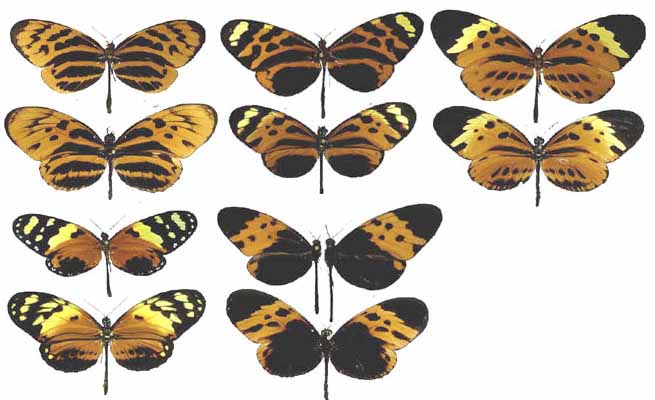As you all know, you should have read (or will read in the next 10 days) the article in your Packet by Stephanie Pain entitled "Gotcha! flesh-eating pitcher plants are proving to be far more devious hunters than anyone imagined."
 |
| Nephenthes sp. by L. Shappell |
It just so happens that this week a botanist from the New York Botanical Garden, Dr. Robert Naczi, will be speaking about pitcher plants! This seminar, entitled "Systematics of Western Hemisphere Pitcher Plants (Sarraceniaceae): Old Problems and New Data from Symbiotic Arthropods" is open to the public." (Yes, this will help you study for your exam).
Date: Thursday, Feb. 17, at 4pm (free snacks and drinks at 3:30pm)
Location: Alampi Seminar room in the Marine and Coastal Sciences (IMCS) building (across from food science building), Cook Campus.







